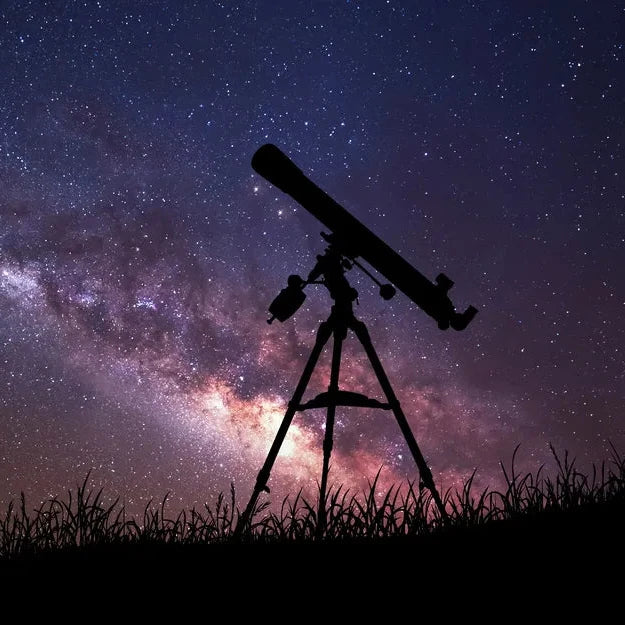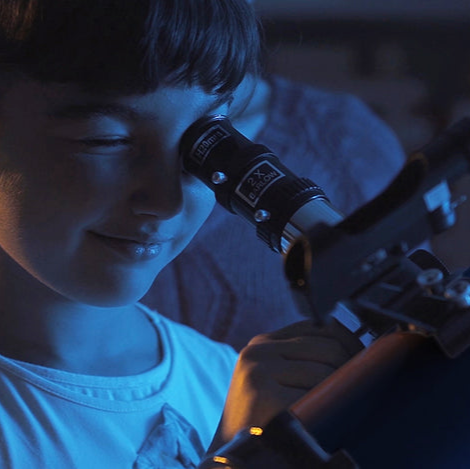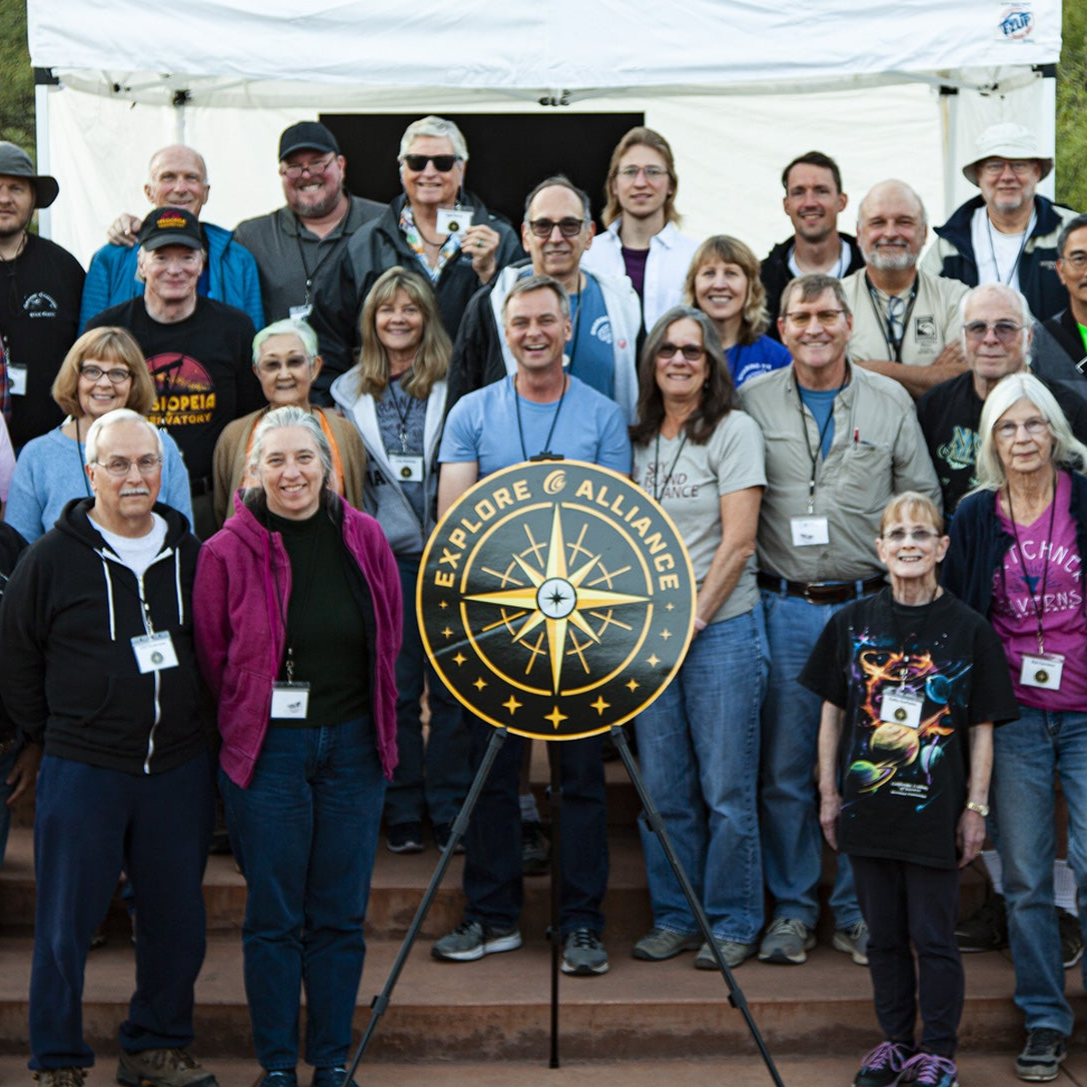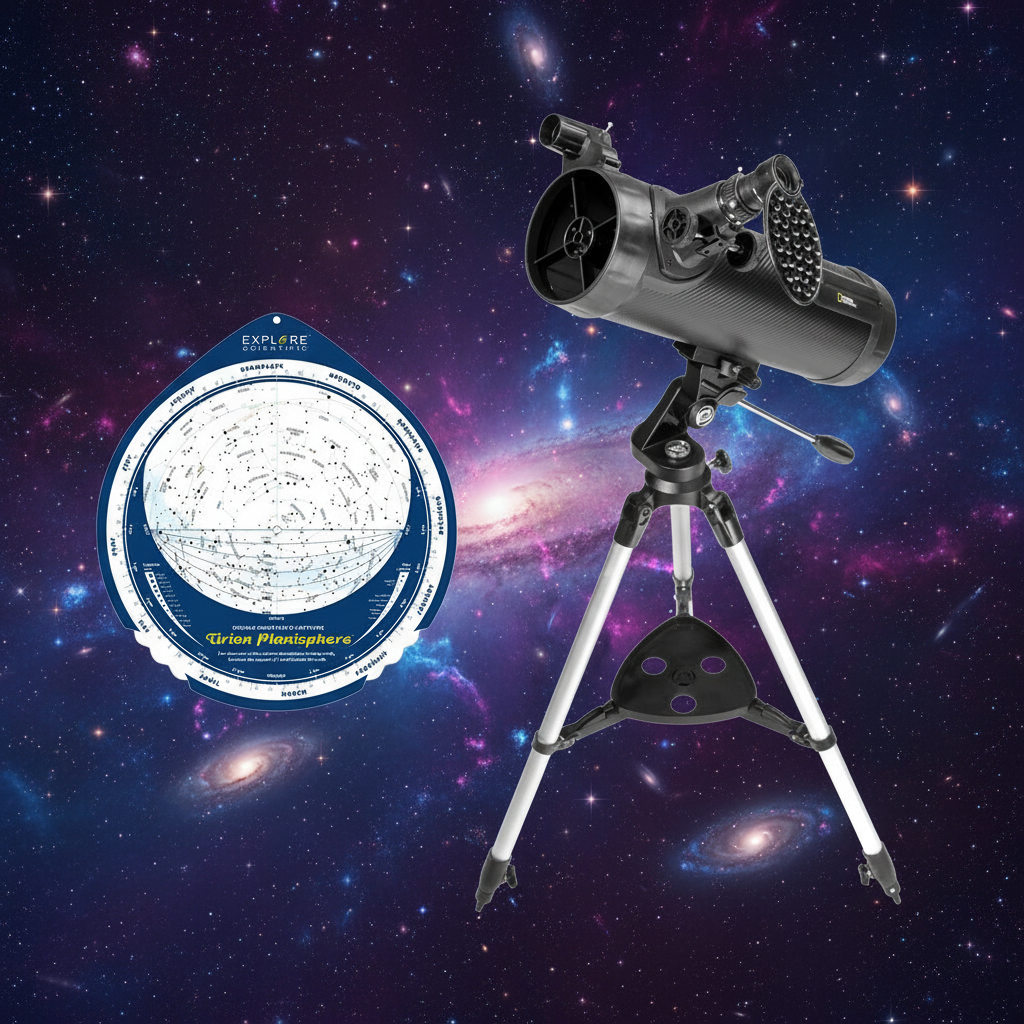How accurate are the object coordinates in the ExploreStars database?
(17)[C][C1]
Generally, the data used in the ExploreStars database are very accurate. The source of the objects in the ExploreStars application database are industry standard open-source data for these objects. You can identify the various objects by their source database using the identifying number. NGC, TYC, HD, Messier, and other object designators are available online and are used to create the ExploreStars database.
For Solar System objects such as planets, asteroids, and comets, ExploreStars uses industry standard sources for their orbital parameters which are used to calculate the real-time position of these objects in the sky. The Ephemeris module in the ExploreStars application uses these orbital parameters to calculate the current RA and DEC position of these Solar System objects.
For objects in general, if you compare the coordinates with other databases and the coordinates are within 1-2 arcminutes of each other, then the difference can be considered negligible. This type of error is typically seen on extended objects such as nebulae that may not have a well-defined "center". If the error seen is more than 10 arcminutes in either RA or DEC, or in both, then we need to resolve it. This error should really only apply to Solar System objects as these coordinates are dynamically calculated.











